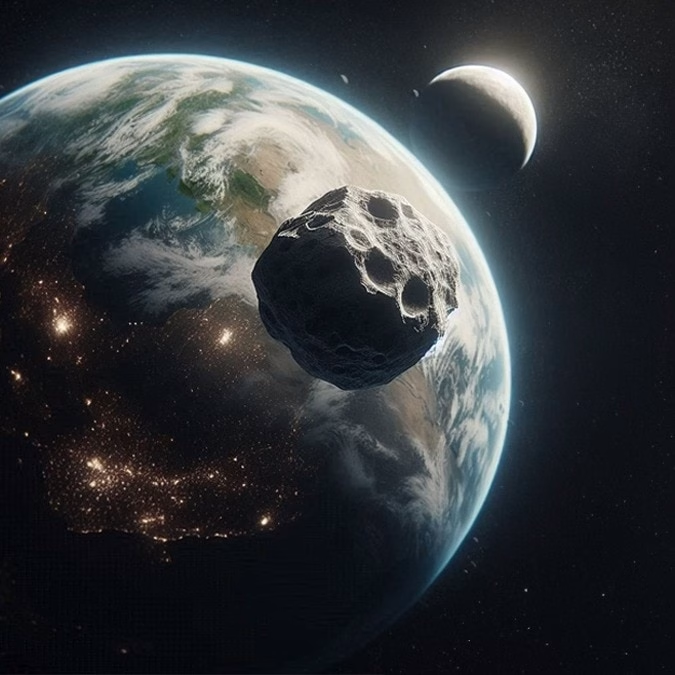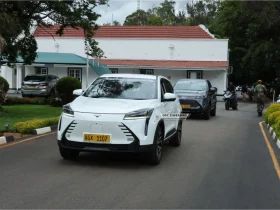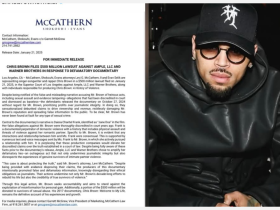A 10-metre-long “mini-moon” is set to join Earth’s orbit for about two months starting next week to become earth’s second moon for atleast a month.
A mini-moon is an astronomical body that is pulled into a planet’s orbit. Unlike regular moons, they only visit temporarily.
This year’s mini-moon is an asteroid named “2024 PT5”. It will begin orbiting Earth on September 29 and leave on November 25, according to recent research.

The asteroid is unfortunately too dim to be observed by amateurs, but it is bright enough to be seen with professional telescopes used by researchers.
One of the researchers who announced the discovery of the mini-moon, Raúl de la Fuente Marcos from the Complutense University of Madrid in Spain, told Euronews Next this is due to the small size of most objects located in the Arjuna belt, where these near-Earth asteroids come from.
“The problem with the Arjuna asteroids – those in Earth-like orbits – is that they are small. Most of them are less than 30 (metres) wide,” Marcos wrote in an email.
In order to see asteroids of this size, you need an 80 cm telescope equipped with special sensors, he added. These specifications exceed what is available for amateur astronomers.
2024 PT5 was first discovered on August 7 by an automated telescope located in Sutherland, South Africa. The telescope is part of a NASA-funded system aimed at detecting potentially dangerous asteroids.
Earlier this month, Marcos and research partner Carlos de la Fuente Marcos announced the discovery of 2024 PT5 in the journal Research Notes of the American Astronomical Society.
In the journal article, the pair notes that 2024 PT5 will experience a “temporarily captured flyby,” meaning it won’t complete one revolution of Earth before leaving its orbit.
One hope of studying mini-moons is that they could provide opportunities for asteroid mining. Businesses in the hypothetical industry would use spacecraft to gather precious metals in high quantities from asteroids and other stellar bodies.
“Such objects can be reached using low-cost missions,” Marcos explained. “If they are large enough – say 30 (metres) – they could be of interest for a budget-tight space mining venture”.
Marcos wrote that space objects like 2024 PT5 are a “very rare” occurrence.
However, recognition of mini-moons may become increasingly common as researchers grow to understand more about near-Earth asteroids.
“The truth of the matter is that the Arjuna asteroid belt is a great unknown,” Marcos added.

“Being so close to us, it is made of small asteroids that have odd visibility windows, and this explains why only now we are starting to uncover this hidden-in-plain-sight neighbourhood”.
In addition to the more fleeting satellites, Earth also has long-term mini-moons that are expected to stay in orbit for up to “a million years,” according to an article published in the journal Monthly Notices of the Royal Astronomical Society.
Earth is not the only planet with mini-moons. The most commonly known mini-moons belong to Jupiter, whose field of gravitational influence is significantly larger than Earth’s. Alongside mini-moons, another type of space object is the “quasi-moon”.
This term refers to asteroids and comets that orbit around the sun in close proximity to planetary objects, according to The Planetary Society.
In our solar system, Venus, Earth, Jupiter, Saturn, and Neptune, as well as dwarf planets Pluto and Ceres, all have known quasi-moons. It’s possible that all of these astronomical objects also have the ability to attract mini-moons.
For Earth, the oldest mini-moon that we know of was discovered in November 1991, and left in early 1992.
After it leaves Earth’s orbit in November, researchers predict 2024 PT5 will return for another round in 2055.
source: euronews








Leave a Reply